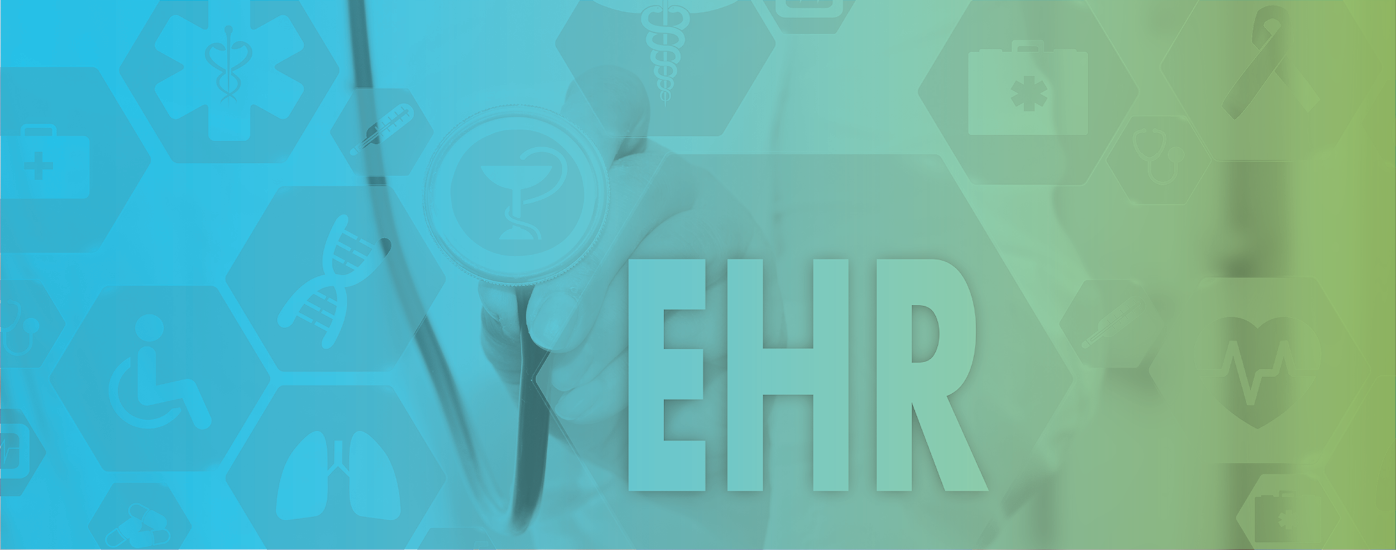Behavioral health care doesn’t end when a patient walks out of the clinic. Progress depends…

Hospitals, Staff and Patients Benefit from EHR-Embedded Patient Engagement
National spending on electronic health record (EHR) systems is predicted to reach $19.9 billion in 2024, according to one report. Needless to say, the EHR is a substantial but necessary investment for healthcare organizations—and usage has expanded rapidly since it was mandated by health IT legislation in 2016.
It takes time, resources and funding to source the right system and implement it, including dedicating development resources to establish workflows and settings as well as training staff members. Given this fact, getting more value out of these existing systems and the rich patient data stored within them should be an operational and clinical priority. Perhaps that’s why EHR-embedded patient engagement is at the heart of today’s most pressing patient communication technology decisions.
When it comes to communicating with patients, the EHR is a natural technology pairing for patient engagement platforms.
What’s Driving Technology Purchasing Decisions
In fact, industry data supports this claim that the EHR and patient engagement technology should go hand-in-hand. We surveyed a variety of health IT leaders, and the vast majority (85%) want their EHR to serve as the single source of truth. Furthermore, the level of EHR integration was the top answer when asked about the most important factor they consider when selecting a new digital engagement platform or system. It was included in the top three criteria by 87% of individuals surveyed. Also heavily weighted in this decision-making is total cost and return-on-investment, though these factors ranked second and third, respectively, after EHR integration.
The Value of a Single Source of Truth
While technology decision-makers realize the value of EHR-embedded patient engagement, frontline healthcare workers attest that work in the EHR—namely, patient record management—cuts into the time they could be spending on direct patient care. This is an unfortunate truth, but further reason that any communication related to patient care should be able to easily be accomplished within the systems these individuals use every day. As staff members are tasked with doing more with less, time saved on what would be manual patient outreach is ideally redirected to patient care, where it’s needed most.
When patient engagement communications can occur from the EHR, treating it as the single source of truth, patient health data informs and is informed by this activity.
There are two distinct streams of information that characterize a truly embedded solution.
Data from the EHR is pulled into patient engagement activities.
EHR-embedded patient engagement can streamline patient outreach, incorporating patient criteria like language preferences, which are often overlooked. (More than 50 languages other than English are used in encounters between patients and providers in the US.) Channel preferences, whether it be SMS (text message), automated phone calls, email or one-on-one-chat, is an additional consideration that can be fed by the EHR. Finally, health records will also allow for precise targeting based on factors like age, so that providers can easily encourage care such as recommended preventive screenings.
Patient responses are pushed back to the EHR.
As patients interact with messages from their healthcare team, their responses can be automatically documented into the health record. For example, SMS-based appointment setting, rescheduling and cancelations that automatically update the schedule within the EHR save staff time that would normally be spent managing this information manually. Beyond appointment management, following a procedure, care teams can even record post-visit feedback from patients to monitor their status. But even patient responses that say “no, thanks” to recall attempts or care reminders get recorded into the system—turning a decline into an opportunity for follow-up.
How the EHR Can Close the Loop
Froedtert Health employed an automated referral management workflow that pulled EHR data to contact patients when their specialty visit was ready to schedule. Using bidirectional communication to notify patients of an available appointment, the HouseCalls Pro platform connected patients who were ready to schedule with a live person to set their specialist visit. And if patients declined the opportunity to schedule or didn’t engage with the referral outreach, that information was pushed back into the EHR to ease the burden of tracking that referral for staff members. This EHR-embedded patient engagement turned a multi-week referral-to-appointment process into a three-day workflow and freed up valuable time staff would have otherwise spent on manual outreach.
Given that staff are being tasked with increasing responsibility (from communicating about care to actually delivering it, and everything in between) it makes sense to contain patient engagement activity within the EHR, a system they are already accessing every day.
Want more of an inside look at patient engagement technology priorities? Access our survey report to hear from IT executives at leading hospitals and health systems here.



